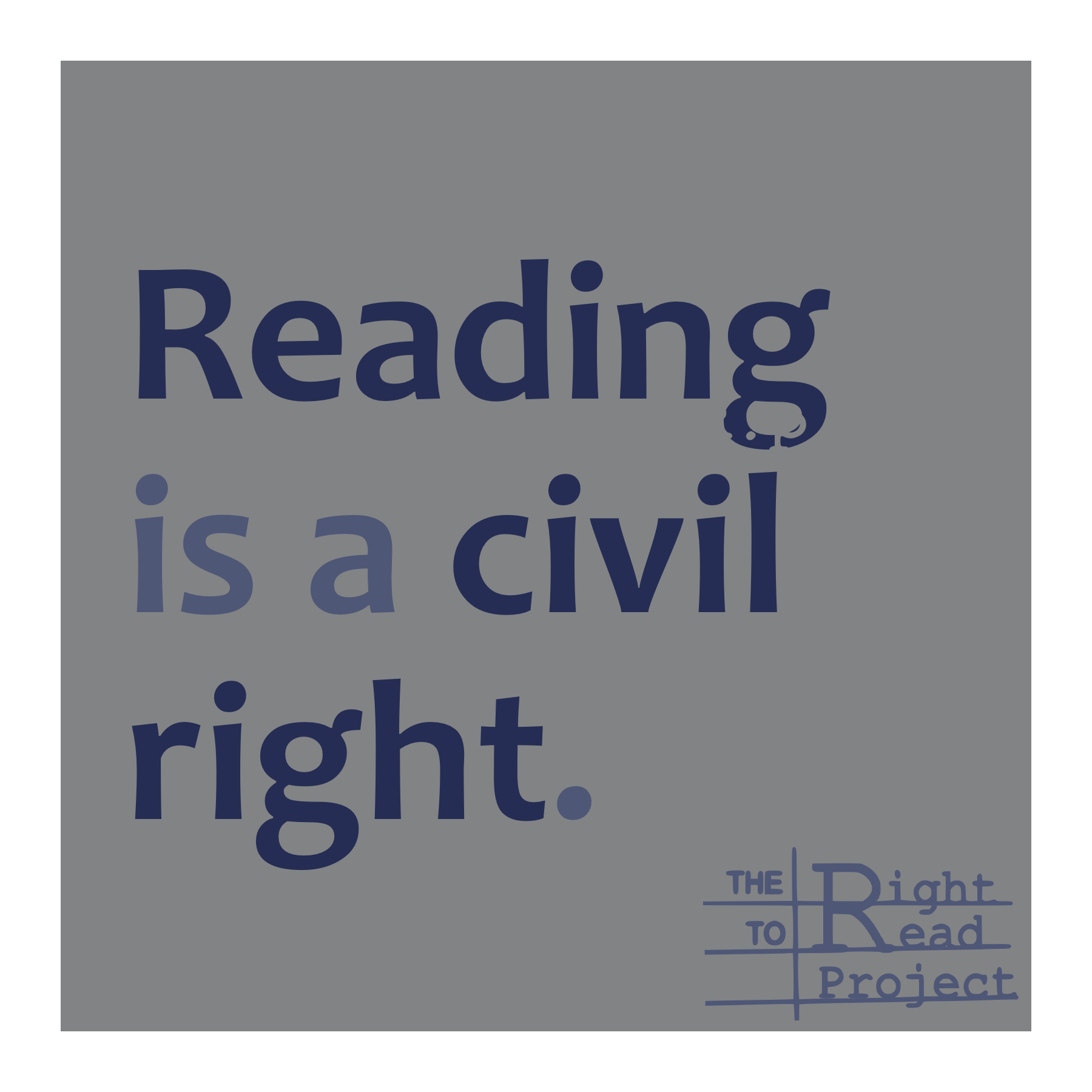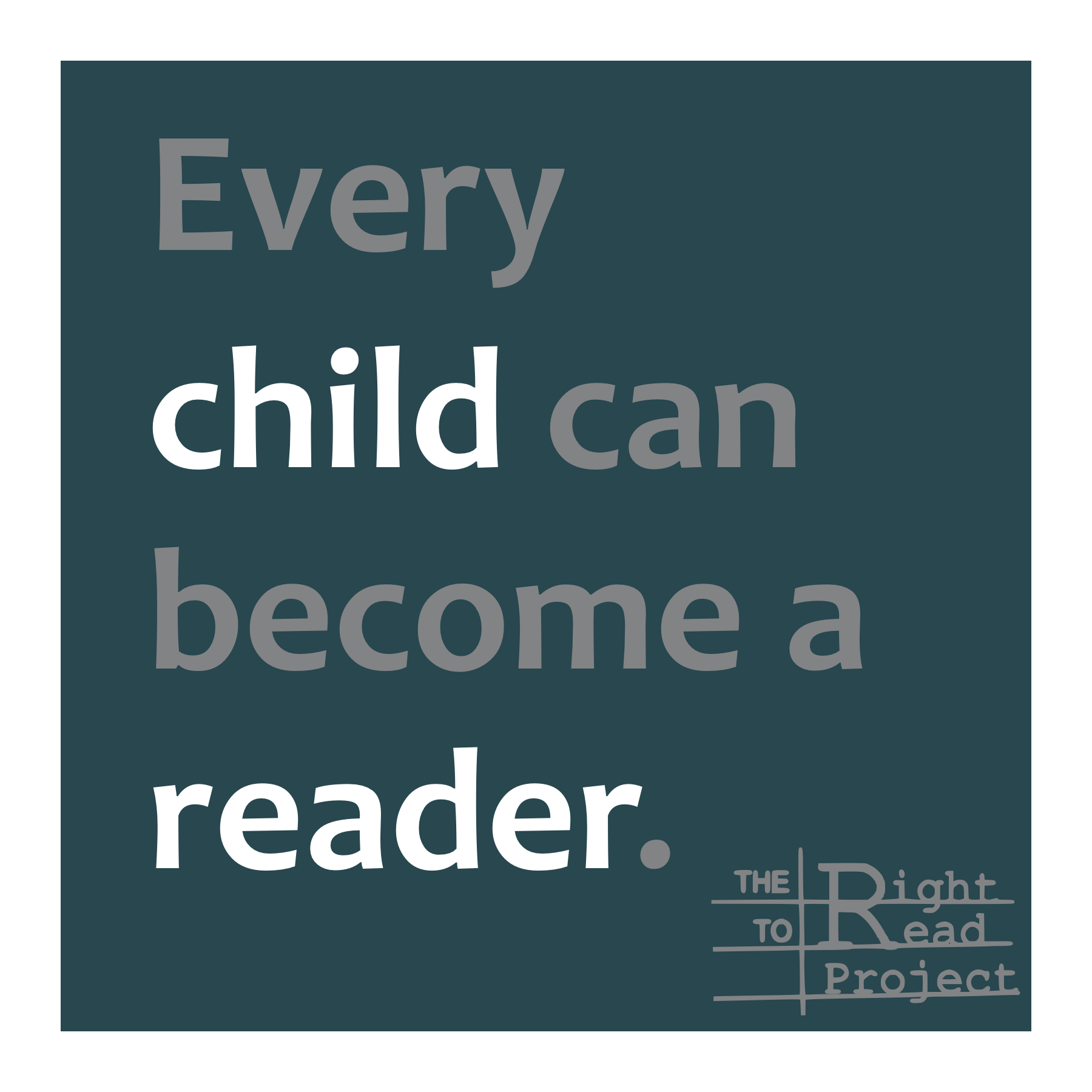A GUIDE TO READING ADVOCACY, PART 2
(Click here to read Part 3.)
Is my child getting good reading instruction at school?
Families need an answer to this question, because children who don’t learn to read well in first and second grade are unlikely to catch up later. And there can be lifelong repercussions.
As one parent said at a school board meeting:
“Again and again, we are hearing that the thing that keeps parents up at night is their children’s ability to read. They know if they don’t make sure their children can read, there is a potential prison bunk waiting for them.“
Too often, schools are late in alerting families to reading problems, and parents like Sonya learn of their child’s reading struggles only after their child has fallen multiple years below grade level.
It can be daunting to inquire about reading instruction when you don’t have teaching experience, but it’s a step all caregivers of primary grade children should feel empowered to take.
What should you ask your child’s teacher? What are the signs that your child may not be receiving the instruction needed for later school success? And what should you look for in reading instruction in the primary grades?
Congress commissioned a panel to review 110,000 studies on reading, and in the year 2000, a report was issued that identified five key components of effective reading instruction. Much has been learned in the two decades since the National Reading Panel report, but “the big five” can still provide a framework for effective reading instruction.
The “5 Pillars” of Effective Reading Instruction: A Crash Course
| What It Is | Why It’s Important for Reading | |
| Phonemic Awareness | … is a type of knowledge. A person with phonemic awareness understands that our spoken language is composed of individual sounds. There are roughly 44 spoken sounds in English. | The insight that there are sounds within spoken words helps readers to learn and use letters to represent those sounds. |
| Phonics | … is a type of instruction. A student who receives instruction in phonics is taught the relationship between the individual sounds in our spoken language and the letters we use to represent them in our written language. | Learning how the 26 letters in our written alphabet are used to represent the roughly 44 sounds in our spoken language allows students to unlock the code of our written language. |
| Fluency | … is a characteristic of skilled reading. A student who has achieved fluency has the ability to read text accurately, with expression, at a rate that supports comprehension. | A reader who can turn printed words on the page into language that sounds like speaking has translated the written code back into spoken language. This makes reading comprehension possible. |
| Vocabulary | … is a component of language. A child’s vocabulary is made up of the words the child understands. | It is easier for a reader to use what they’ve learned about phonics to translate a written word into a spoken word if they’ve heard the word before–especially if they already know what the word means. |
| Comprehension | … is the goal of reading. Comprehension is the cognitive process readers use to understand what they read. | Understanding a text allows the information and knowledge in the text to be remembered, analyzed, discussed, and integrated into a reader’s understanding of the world. |
Beginning and struggling readers should work on these five components of reading every day, but unfortunately that doesn’t happen in all classrooms. To know if you need to advocate for improved instruction for your child, you’ll need to inquire about the instructional materials used and ask to observe instruction.
What to Ask and What to Look For
We invite you to download or print this PDF and use it to advocate for your child. (Just click on the little double arrow at the upper right of the PDF.)








